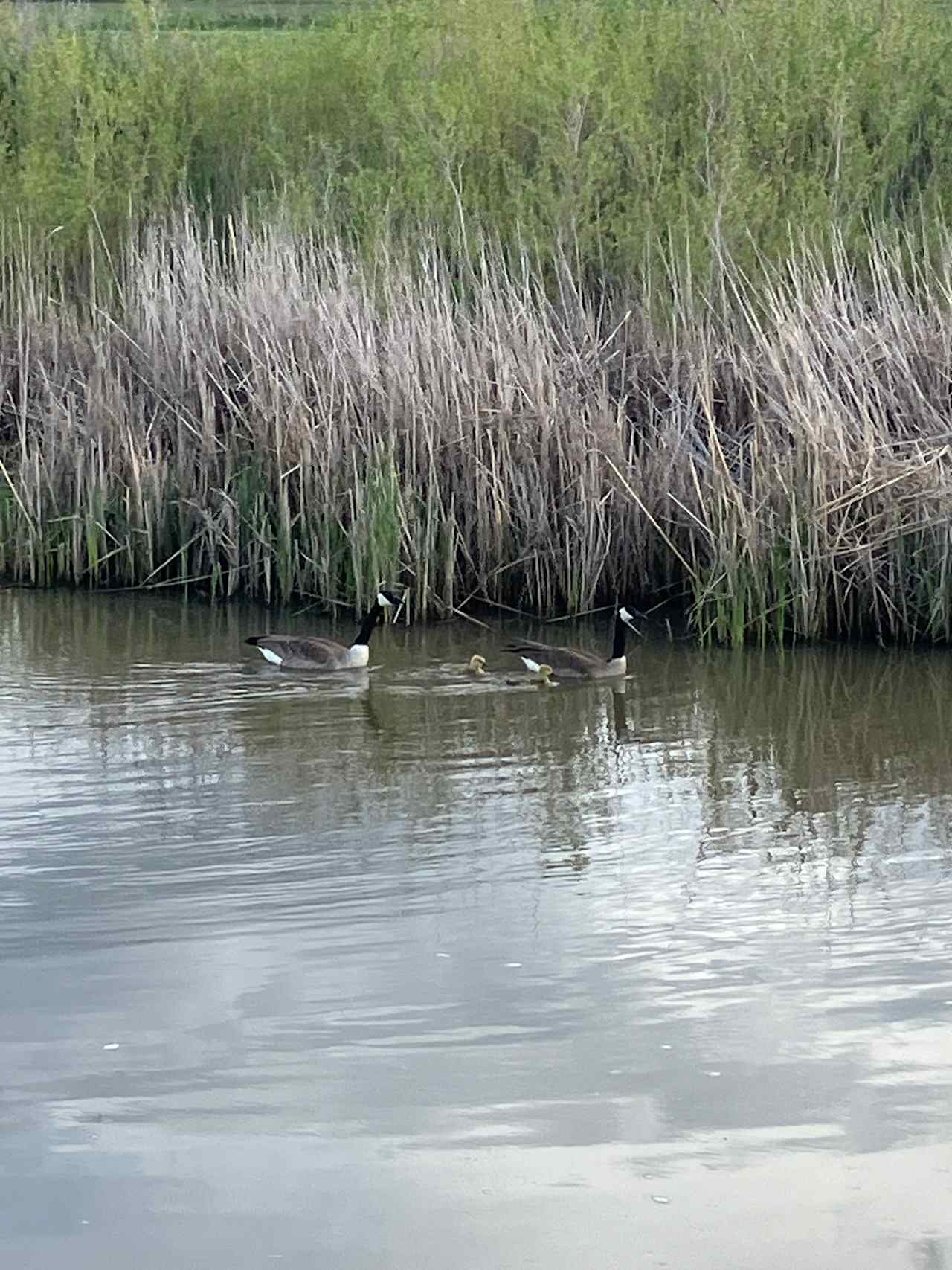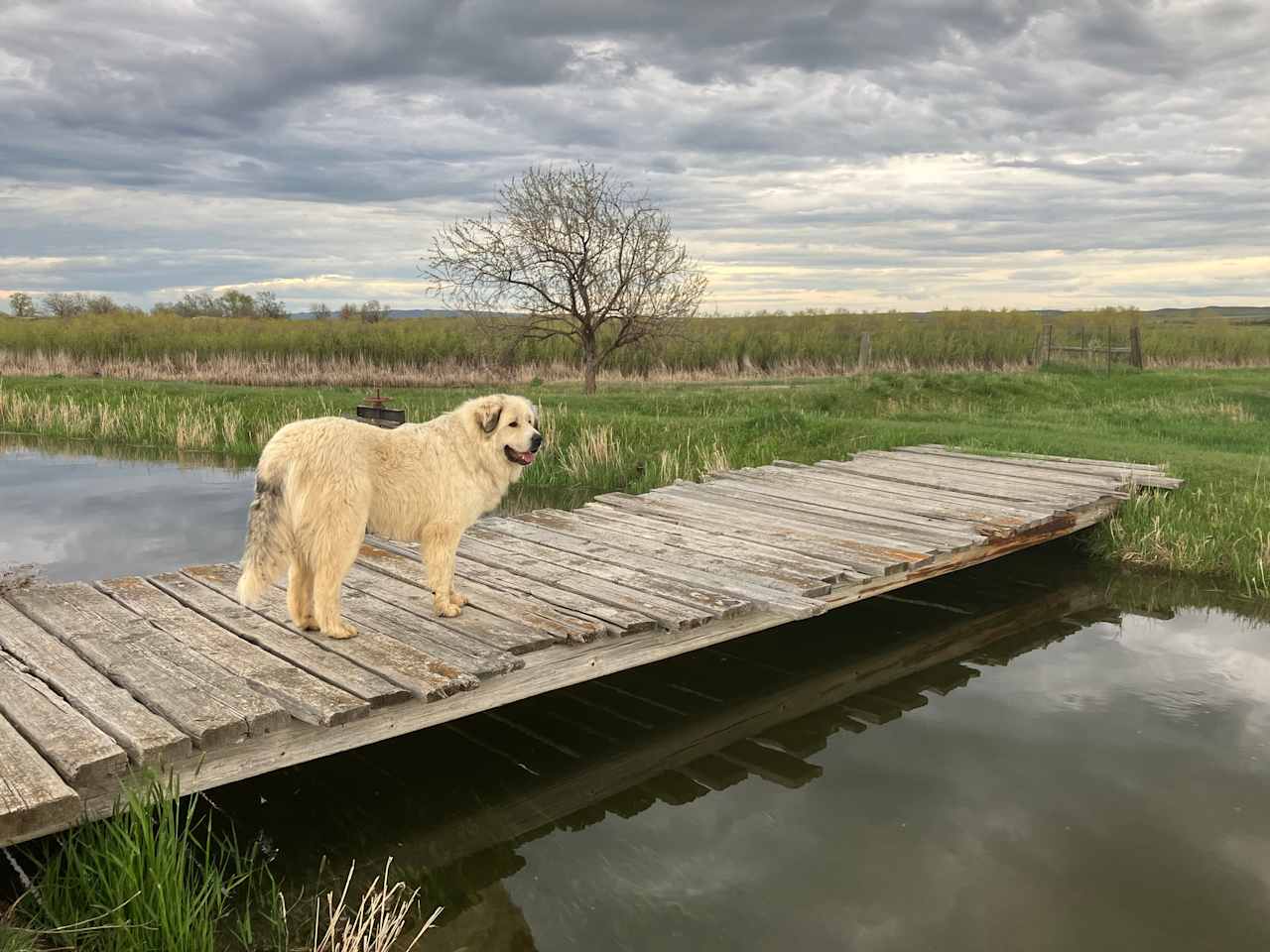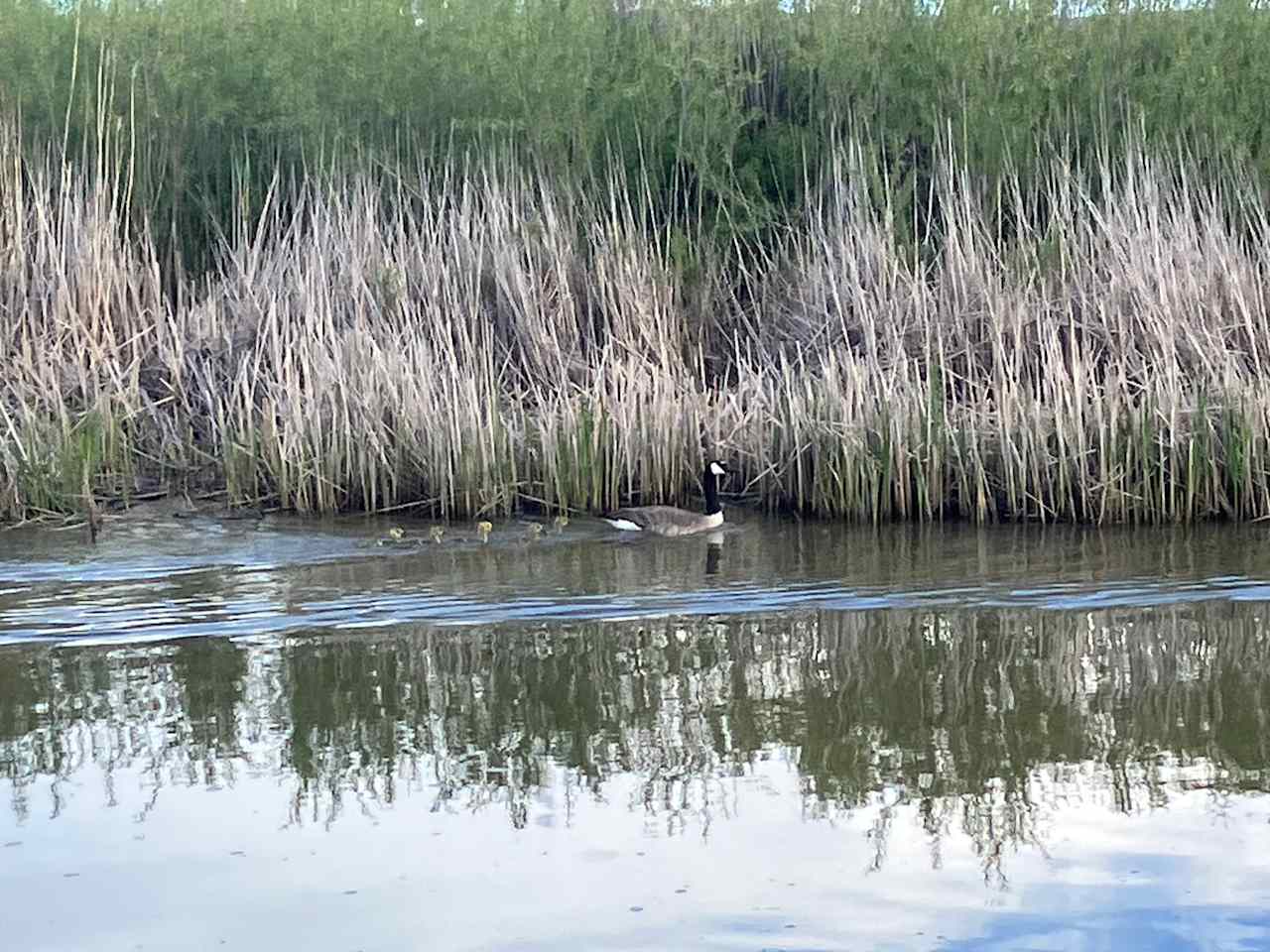The best camping near Bowdoin National Wildlife Refuge
Discover the most magical spots to pitch your tent or park your rig on your next Bowdoin National Wildlife Refuge adventure.
Discover the wild beauty of Bowdoin National Wildlife Refuge.
Popular ways to camp
Top-rated campgrounds near Bowdoin National Wildlife Refuge
The best camping near Bowdoin National Wildlife Refuge guide
Overview
About
Camping near Bowdoin National Wildlife Refuge is an extraordinary venture into the diversity of wildlife. Established in 1936, this 15,551-acre refuge is a sanctuary for resting, feeding, and breeding migratory birds and other fauna. Nestled within the Prairie Pothole Region, the refuge is a blend of wetlands surrounded by native mixed-grass prairie, hosting 263 species of birds, over 26 species of mammals, and several amphibian species. The majesty of the refuge extends beyond its biodiversity. It offers a range of recreational activities, from wildlife observation and photography to hiking and cross-country skiing. The refuge serves as a canvas for outdoor enthusiasts and nature photographers, inviting them to capture its varied inhabitants and landscapes in frame-worthy moments. Bowdoin's grounds are also a hiker's paradise. Trails meander through the distinct ecosystems, each offering a unique encounter with the refuge's inhabitants. A popular highlight is the 15-mile self-guided auto tour around Lake Bowdoin, showcasing a myriad of habitats. Close to the visitor center, you can enjoy an accessible 0.4-mile trail looping around Display Pond. This short, serene path offers delightful views and close encounters with the varied species residing in and around the pond. A journey through an ecological masterpiece, your Bowdoin National Wildlife Refuge camping expedition will be one for the books. Whether you're an avid birder, a photography enthusiast, a hiking devotee, or simply a nature lover, Bowdoin presents a rewarding outdoor experience filled with wildlife encounters, serene landscapes, and unforgettable moments.
When to go
The best time to visit Bowdoin National Wildlife Refuge is during the spring and fall migrations, when thousands of birds fill the skies. Summer offers vibrant wildlife viewing, while winter provides a serene, snowy landscape. Avoid the refuge during extreme weather conditions, as accessibility can be limited.
Know before you go
- Check the weather forecast and dress appropriately for Montana's variable climate.
- Refuge hours are from sunrise to sunset, with extended access for hunters during specific seasons.
- While the visitor center is open from 7:30am to 4pm, the entryway with brochures and restrooms is always accessible.
- Remember to bring binoculars and cameras for wildlife observation and photography.
- Be mindful of the refuge's rules and policies to ensure the protection of wildlife and their habitats.
Top parks near Bowdoin National Wildlife Refuge
- Bowdoin National Wildlife Refuge


















